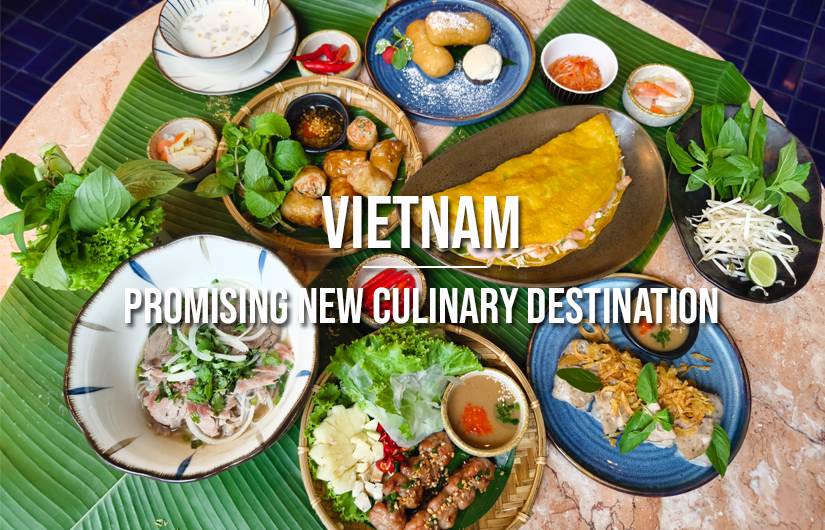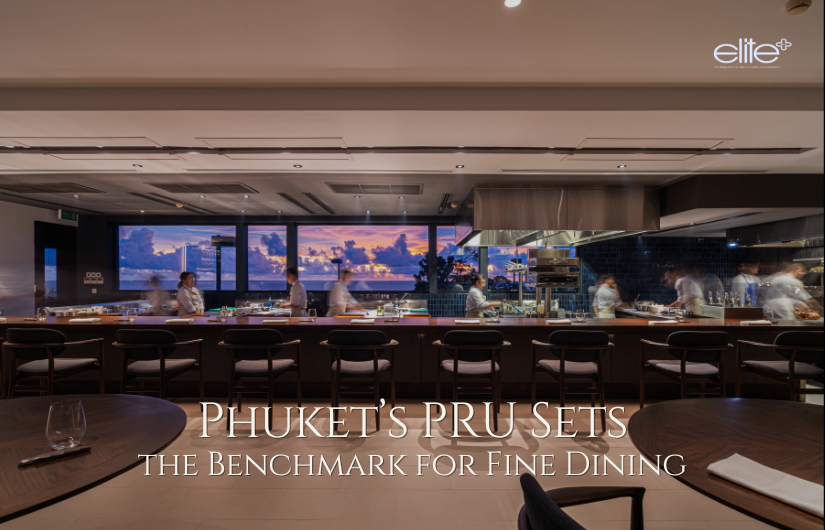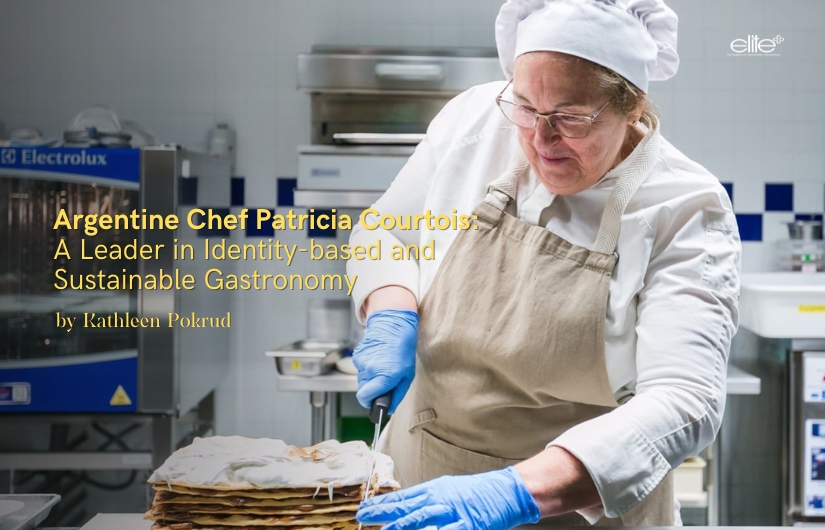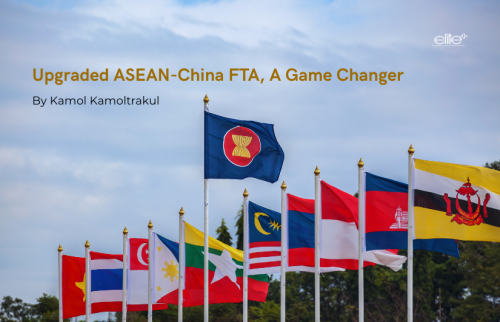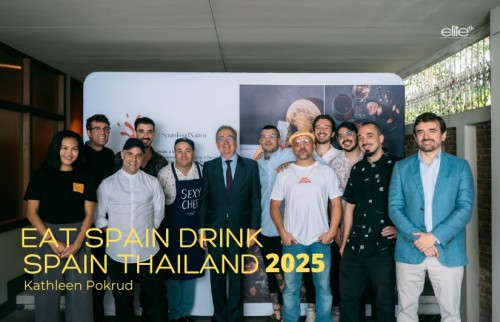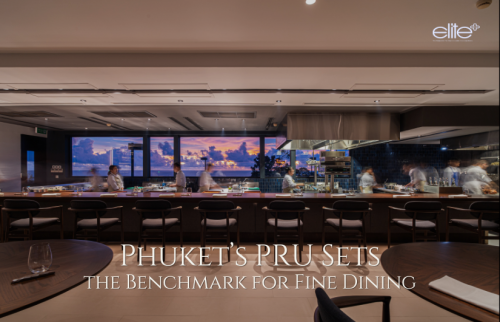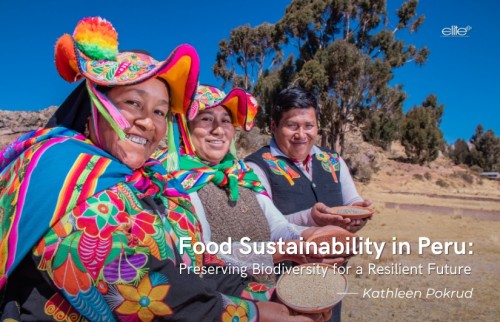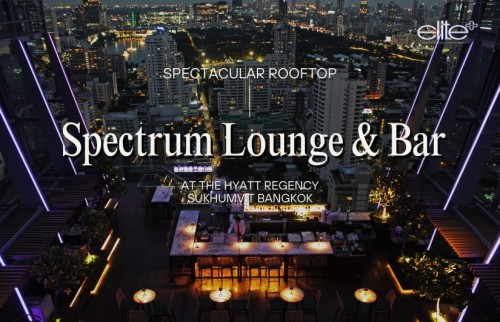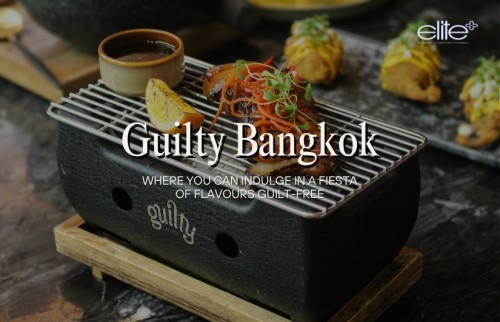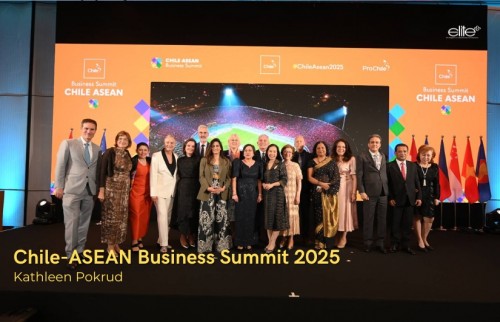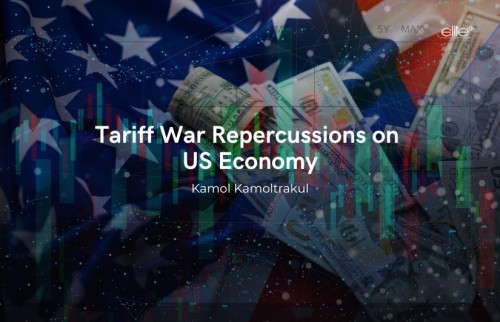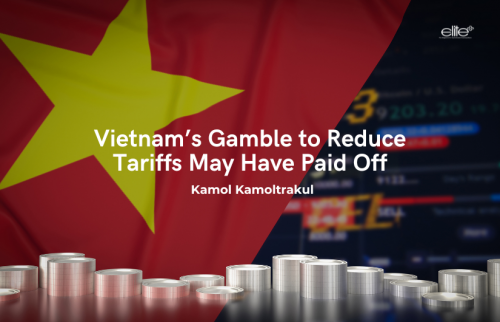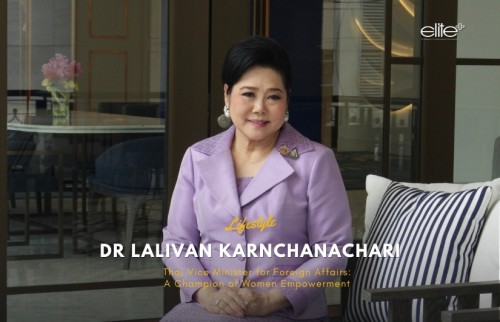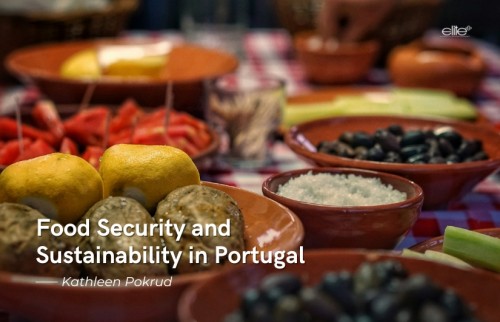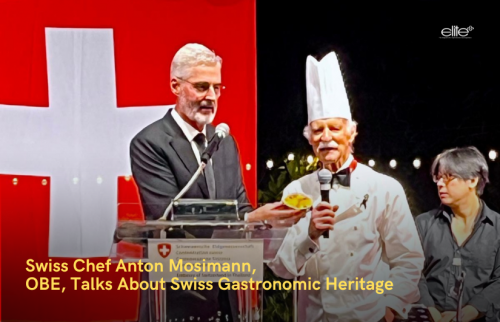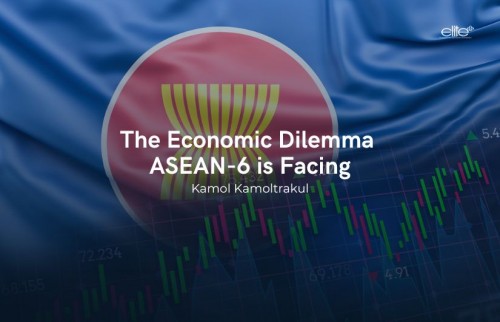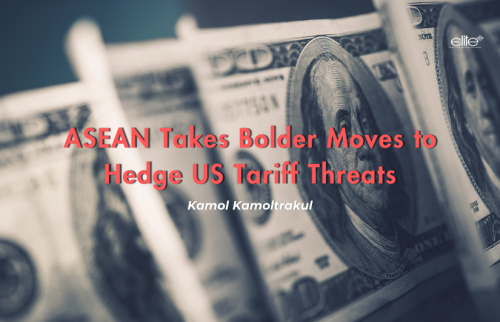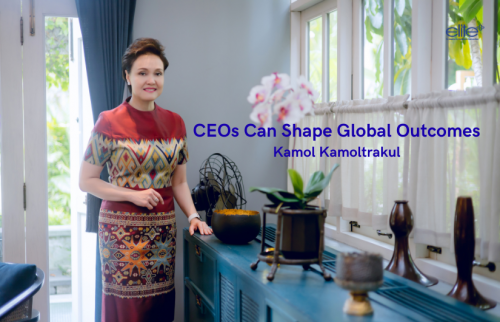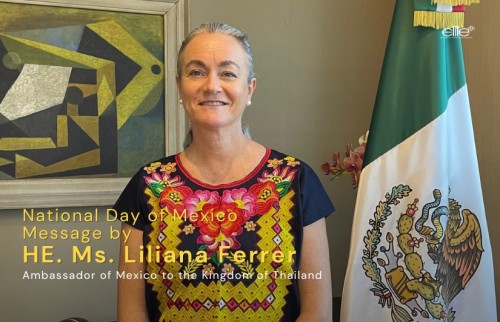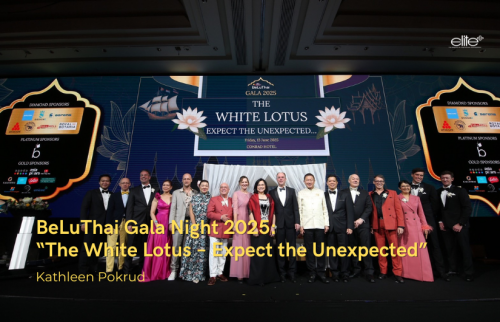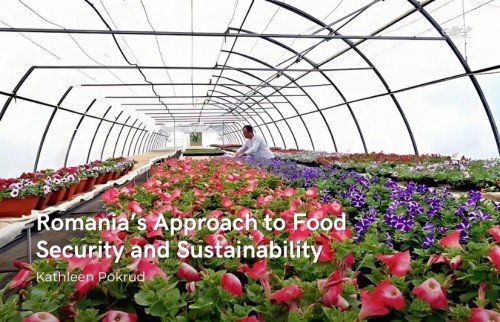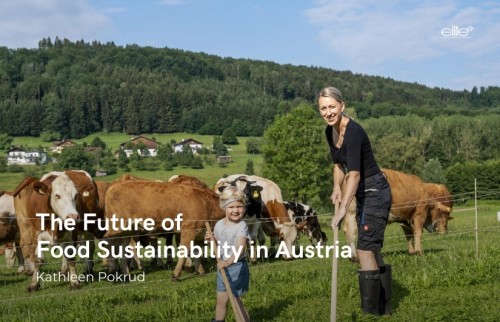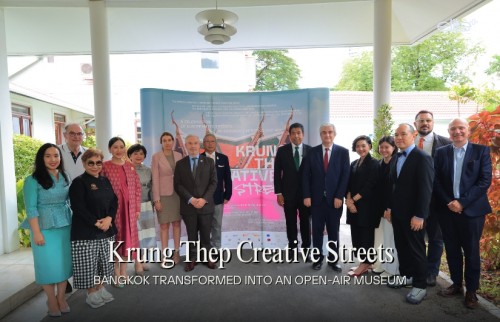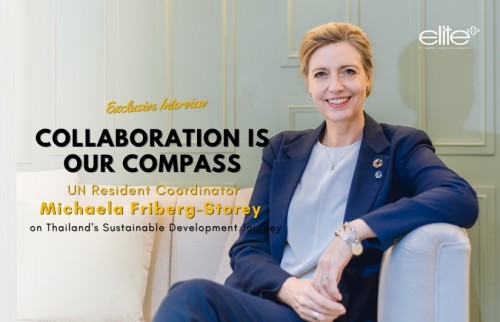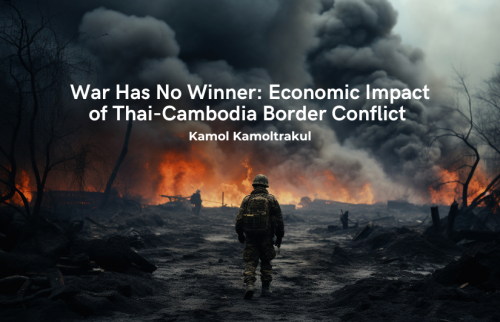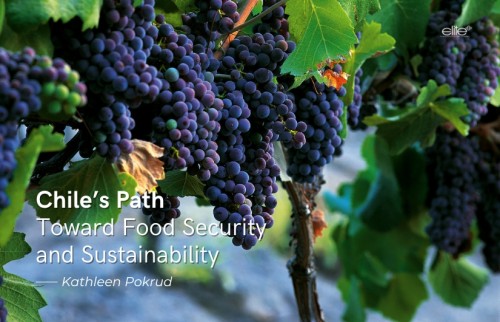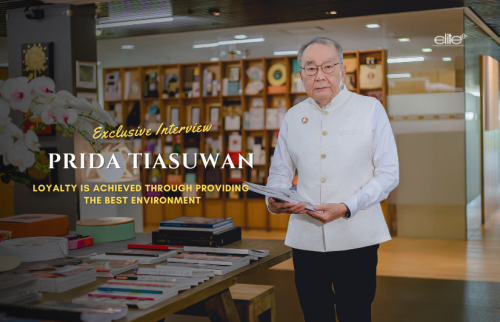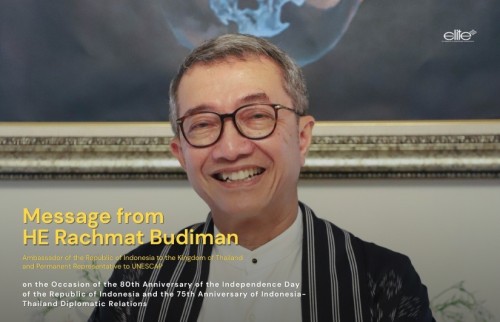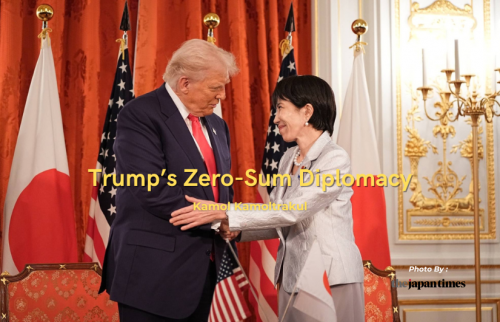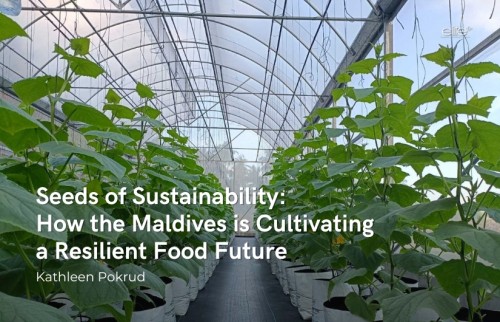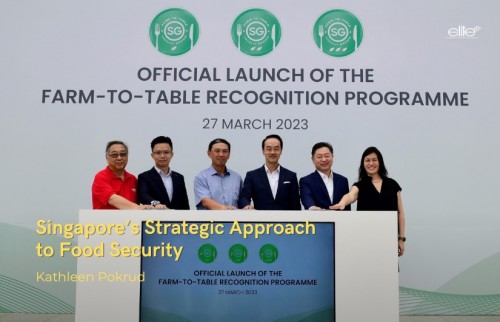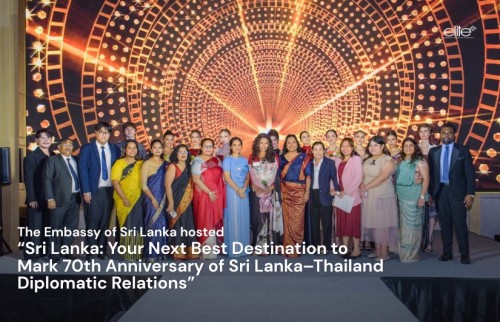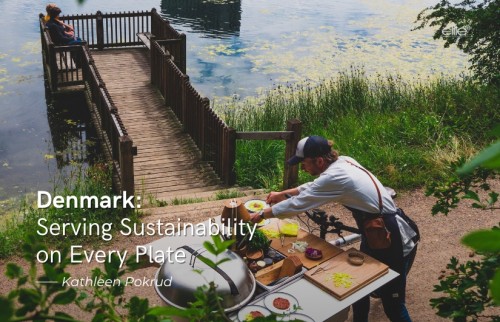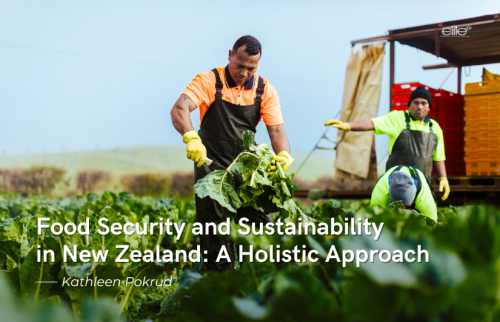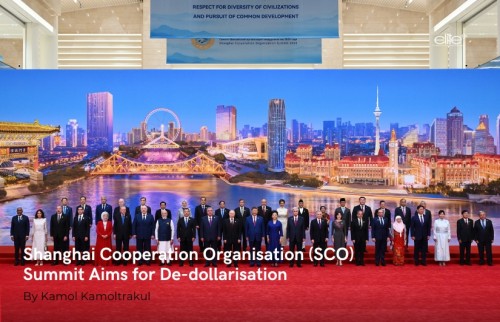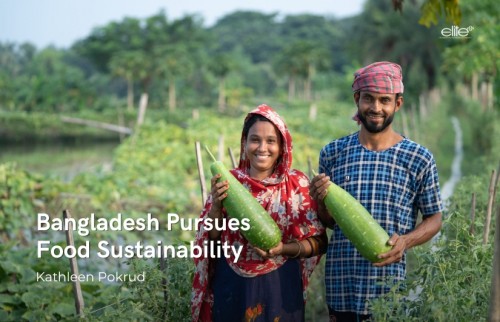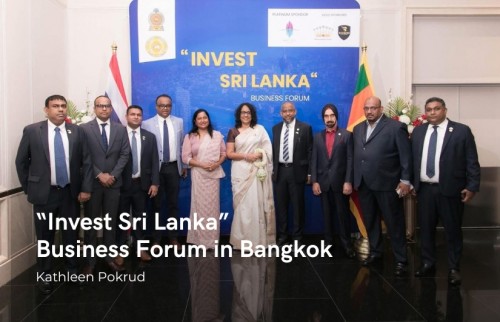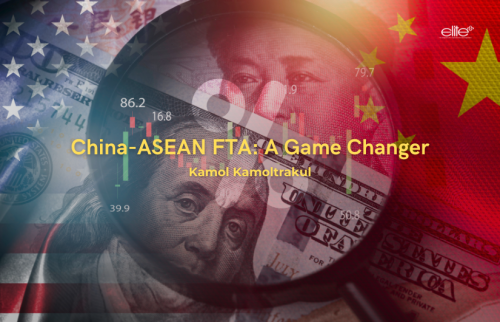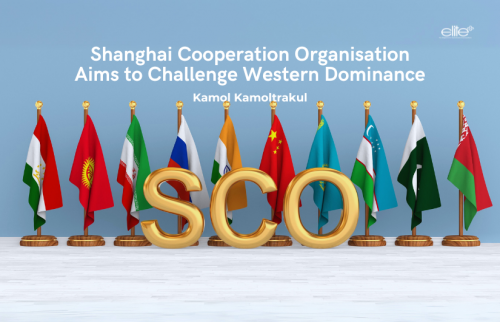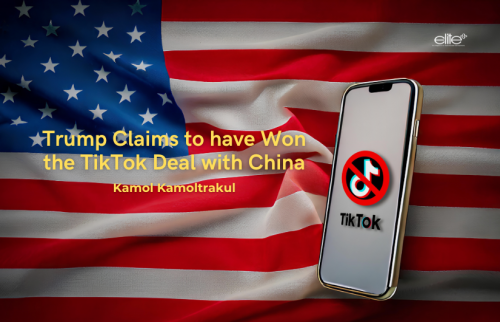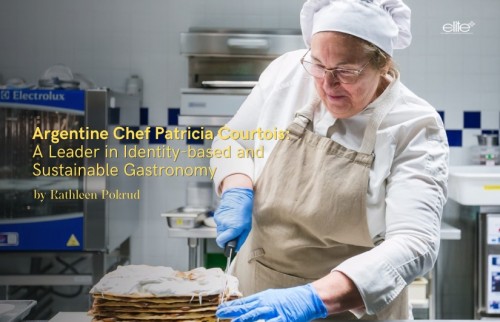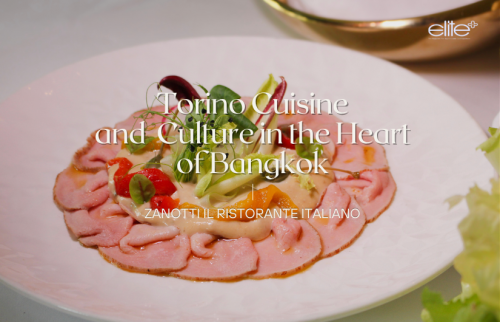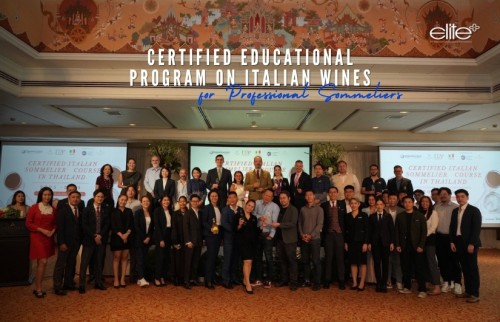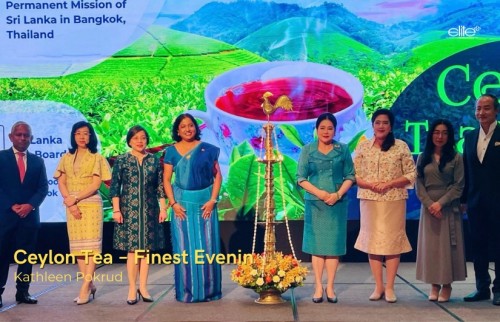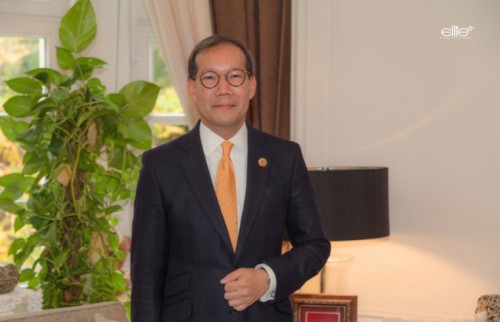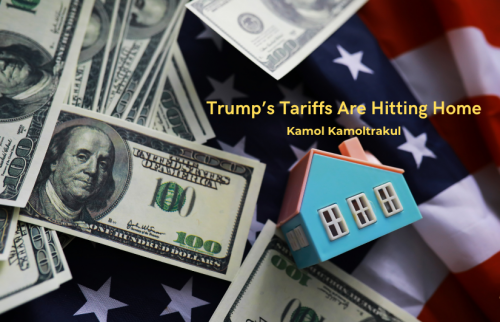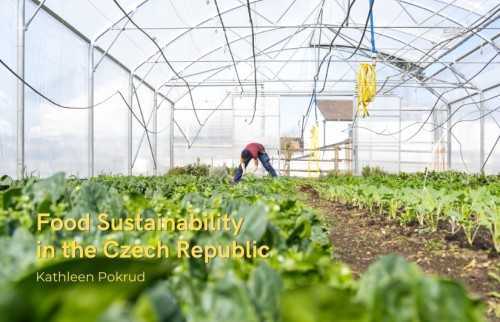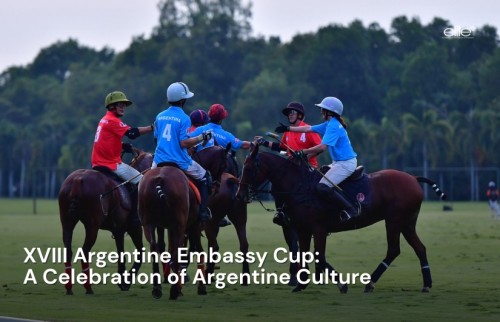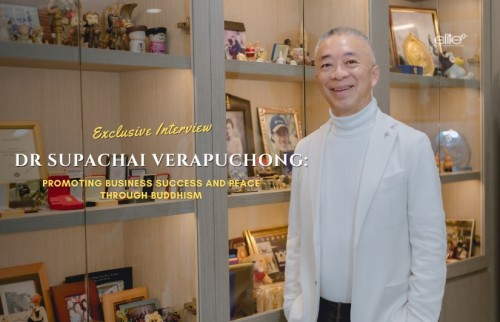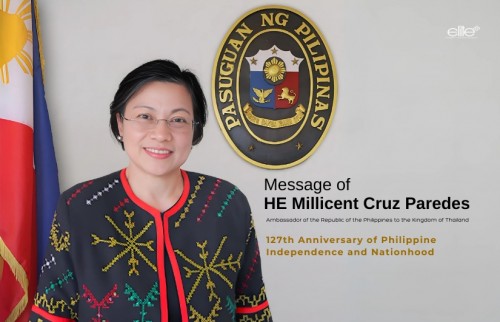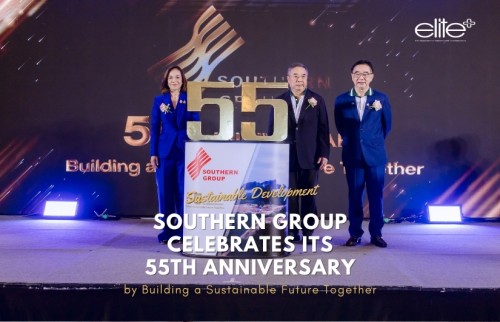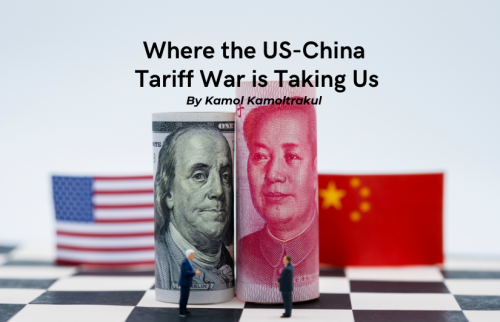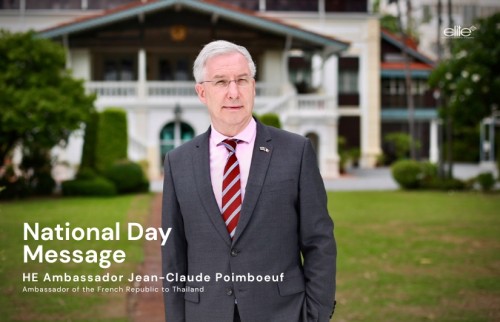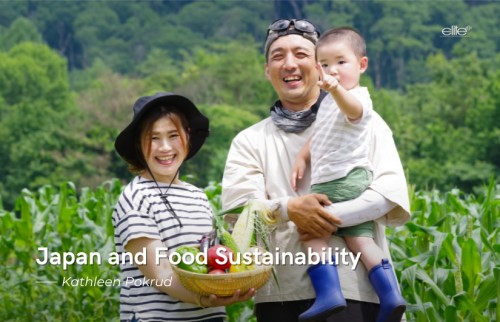Vietnam: Promising new culinary destination
By Kathleen Pokrud
Photos by Jenny Chan and Teresa Biesty
Foreword
Vietnamese cuisine is a harmonious blend of flavors, colors and textures, reflecting Vietnam’s rich history, diverse geography and vibrant culture. Vietnamese gastronomy boasts a multitude of culinary specialties. Each offers a unique experience for the foodies. Many of the traditional dishes, from popular savory soups like pho to refreshing summer rolls. These culinary innovations present a deep connection between food and community in Vietnam.
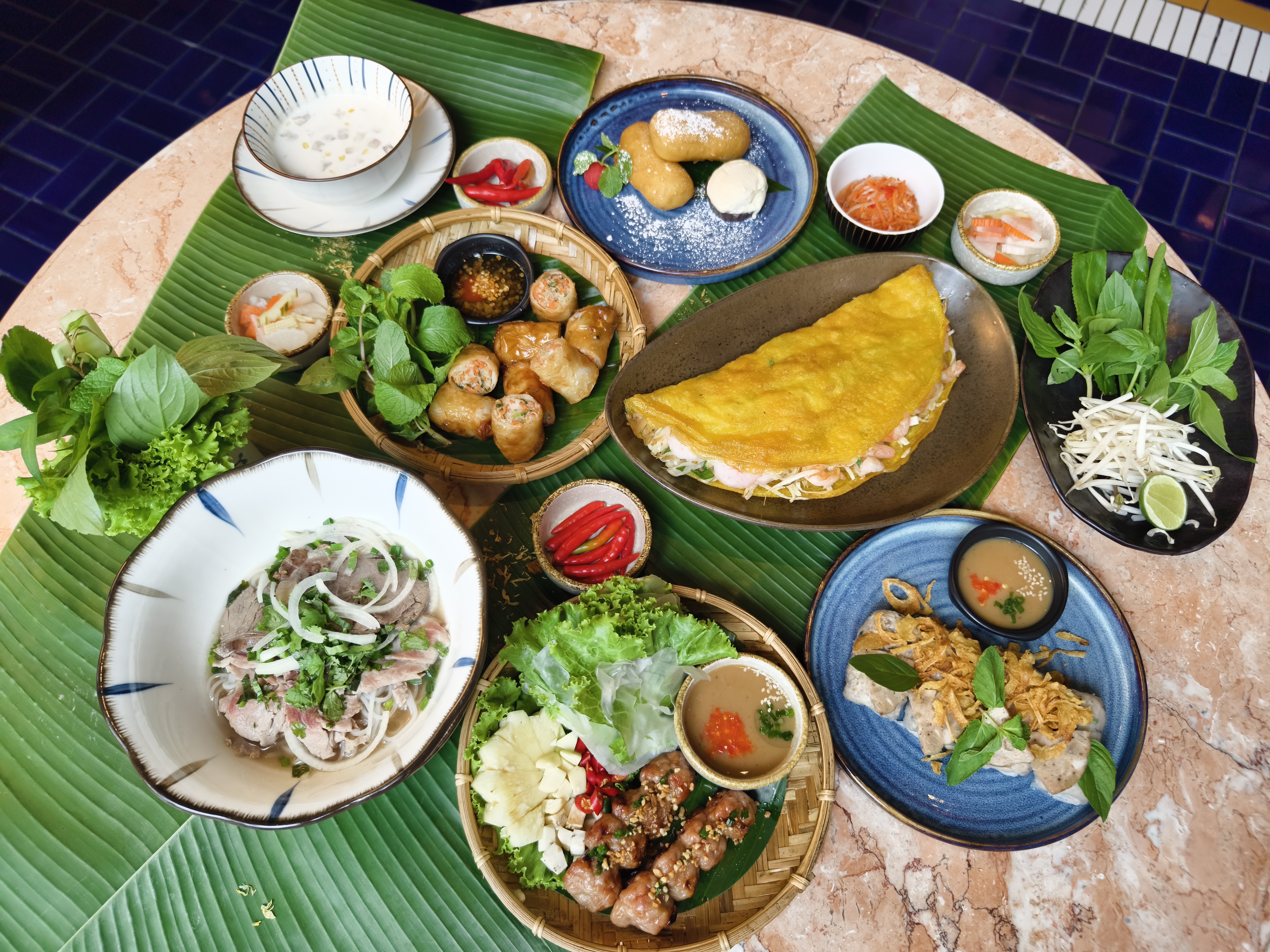
Vietnamese food has gained immense popularity worldwide due to its unique and delicious flavors, the use of healthy and fresh ingredients. The Vietnamese cuisine is unique by the taste, at the same time it has inherited a good influence of Chinese, French, Southeast Asian cultures, resulting in a diverse range of dishes with broad appeal. As Vietnamese live across the globe, Vietnamese restaurants are available in many cities in the world. This exposure has increased the popularity of Vietnamese food among people of diverse backgrounds.
I very much appreciate the honorary columnist Kathleen Pokrud who is a strong lover of Vietnamese food and wishes to write about the Vietnamese culinary culture. Kathleen is a profound cultural activist and the author of numerous articles about the cuisines of various countries in the world. I do hope that you enjoy reading the article, and enjoy some of our culinary delights.
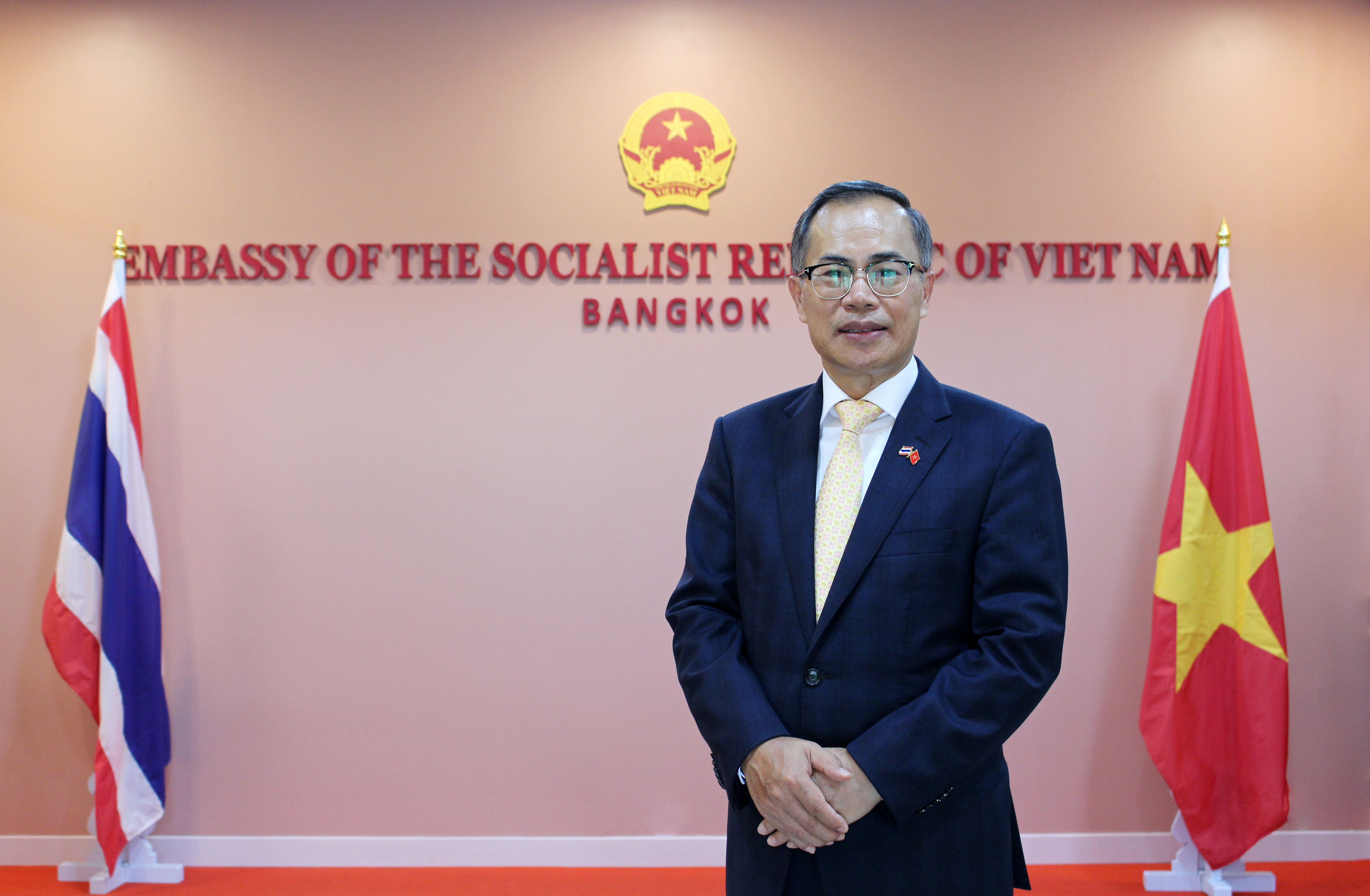
HE Ambassador Dr Phan Chi Thanh
The Embassy of Socialist Republic of Vietnam
The ancient classics documented that the land of Vietnam flourished because of its waters. “Elephant ploughing and bird weeding” is the Vietnamese forefathers’ common memory of agrarian civilisation, and the development of Vietnamese culinary culture is the ‘intersection’ of Vietnam’s histories of agriculture and humanities. I sat down with Madame Phan Thi Hien Anh, spouse of HE Ambassador Phan Chi Thanh of the Socialist Republic of Vietnam to learn about their Vietnam’s culinary traditions.
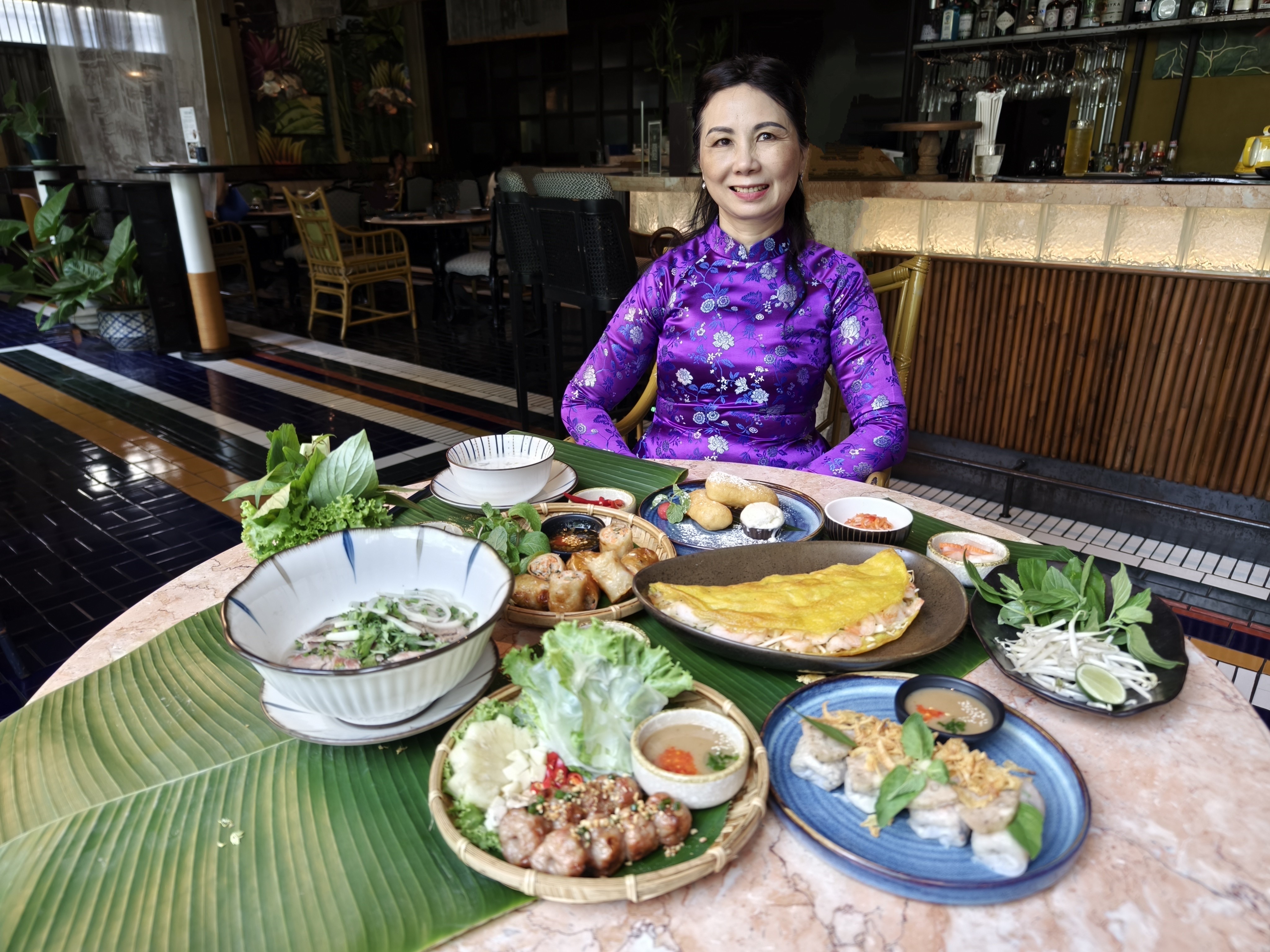
Known for its fresh ingredients, vibrant flavours and diverse dishes, Vietnamese cuisine is known for its unique and delicious culinary traditions. Madame Phan explained, “The vicissitudes of the Vietnamese diet are based on our ancestor’s primary rice cultivation and aquaculture habits. Over time, we have continuously integrated the influence of our ethnic groups and neighbouring cultures. Perched at a critical crossroads of regional trade for thousands of years, Vietnam’s dietetic culture has exchanged and fused with China, neighbouring Southeast Asian states, and even the West, but has never forgotten to underline the unique tastes of the Vietnamese people.”
When asked about Vietnam’s culinary traditions, Madame Phan elaborated, “Vietnamese gastronomic culture is diverse and nuanced, blending cooking and cultural connotations. Vietnamese cuisine emphasises the ‘original flavours’ of nature while manifesting the country’s rich culture of spices through our delicious sauces. In terms of cultural connotations, the discourse of Vietnamese cuisine is rooted in thankfulness, solidarity and harmony. As part of our family-oriented tradition, sitting together around the table, respecting the old and cherishing the young, and warm hospitality are the spiritual values of Vietnamese culinary culture that go beyond food itself. As the saying goes, ‘An invitation is more important than a banquet.’”
“In addition, Vietnamese cuisine abides by Oriental philosophies. The Vietnamese are sophisticated with the principles of the Five Phases (Ngũ hành) and the balance of ‘yin and yang’ (âm dương), which emphasising harmony between food and health. Therefore, under the guidance of traditional Vietnamese medicine, our cuisine does not advocate excessively greasy and exaggerated ingredients, favouring fresh fruit and vegetables and high-quality proteins. A good example is Canh chua cá lóc, Vietnamese Sour Snakehead Fish Soup, in which the sweetness of the fish and pineapple is complemented by the spiciness of red chili peppers, the sourness of tamarind and fermented rice, creating a balance between taste and healthiness.”
There are regional differences in Vietnamese cuisine. Due to Vietnam's unique geography and biodiversity, there is also a humanistic diversity in the cooking styles of the different regions. Madame Phan explained, “People in the north easily harvest their produce in the Red River Delta and pay more attention to preserving the food's original flavours, using only some congenial seasonings such as fish sauce and shrimp paste. Pho, a rich broth noodle dish; fried spring rolls, and banh-mi, a short baguette filled with savoury ingredients, are typical dishes of the region. The creativity of northern cuisine lies in the persistence of ‘gifts’ such as young rice cake, banh com; chè, sweet soups, and ô-mai, sugared dry fruits, are not only filling, but also given for cultural and culinary enjoyment.
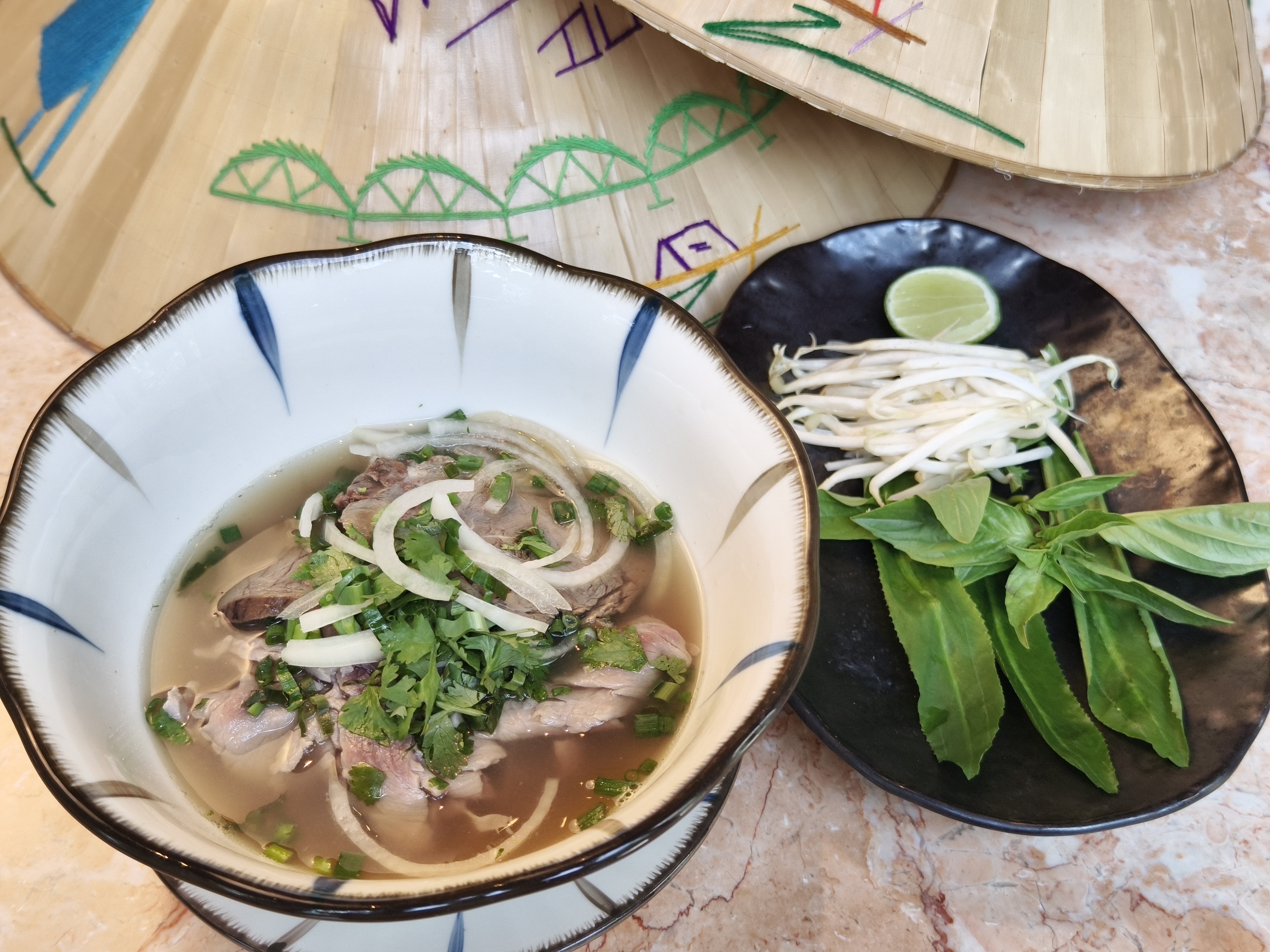
On the other hand, the long rainy season due to Vietnam’s monsoon climate makes the food of the north-central region rich in sour and spicy flavours to heal the cool damp sensations that invade the body. The ancient capital of Hue is known precisely for its unique blend of sour, spicy, salty, sweet, bitter and nutty tastes.
Conversely, the long coastline of the south-central coastal region dictates that seafood is the mainstay of the cuisine. The dishes here impress diners with their sweet, cool oceanic flavours and diverse cooking methods. Dishes such as Nghe An eel congee, Hue spicy beef noodle soup and the raw fish salad of Nam-O village, demonstrate the rich, uniqueness of the region's cuisine.
The Mekong Delta, with its dense network of rivers, creates conditions for the south to have diverse agricultural and aquatic products. Harvested ingredients are often processed locally with sugar and coconut milk and combined with wild vegetables to create typical dishes such as Banh xeo is sizzling pancakes, lady carp fish and river hemp flower hotpot is lẩu cá linh bông điên ; hủ tiếu Nam Vang, Nam Vang noodle soup; and cơm tấm Sài Gòn, broken rice, shocasing the rustic and wild culinary culture of this region.”
Madame Phan then went on to highlight an important issue on sustainable development with modern Vietnamese cuisine. “It is important to note that Vietnamese dietetic culture and related industries are dynamic. Contemporary Vietnamese food is the result of historical changes over the centuries. In addition, the value and significance of Vietnamese cuisine in promoting sustainable development is worth noting. For example, the Vietnamese Embassy in Thailand has actively utilized Vietnamese cuisine to build ‘people-to-people bonds’ in designing and planning the country’s first ‘Vietnam Town’ overseas. Vietnamese cuisine is considered an important link to promote Vietnam-Thailand cultural exchanges, community economic and cultural development, empowerment and employment, while forging a common memory of overseas Vietnamese to instill and inspire cultural inheritance. At the level of ASEAN cooperation, the Institute for Research Development and Conservation of Southeast Asian Art and Culture in Vietnam recently organized a four-day Vietnam-ASEAN Culture and Food Festival in Ho Chi Minh City, to realize the goals of the ASEAN Socio-Cultural Community Blueprint 2025 and strengthen ASEAN identity.”
As our interview drew to a close, Madame Phan proudly reiterated that Vietnam is an international culinary destination. “The country realizes the importance of internationalising the Vietnamese food industry while also preserving the traditional standards of Vietnamese cuisine. At present, we have the objective and subjective conditions to make Vietnam a premium culinary destination that every international tourist must visit once in their lifetime. Vietnamese leaders are implementing new and appropriate open-door policies to turn challenges into opportunities, developing Vietnamese cuisine with a team of talented chefs and young people who know how to create and tell a good story.”
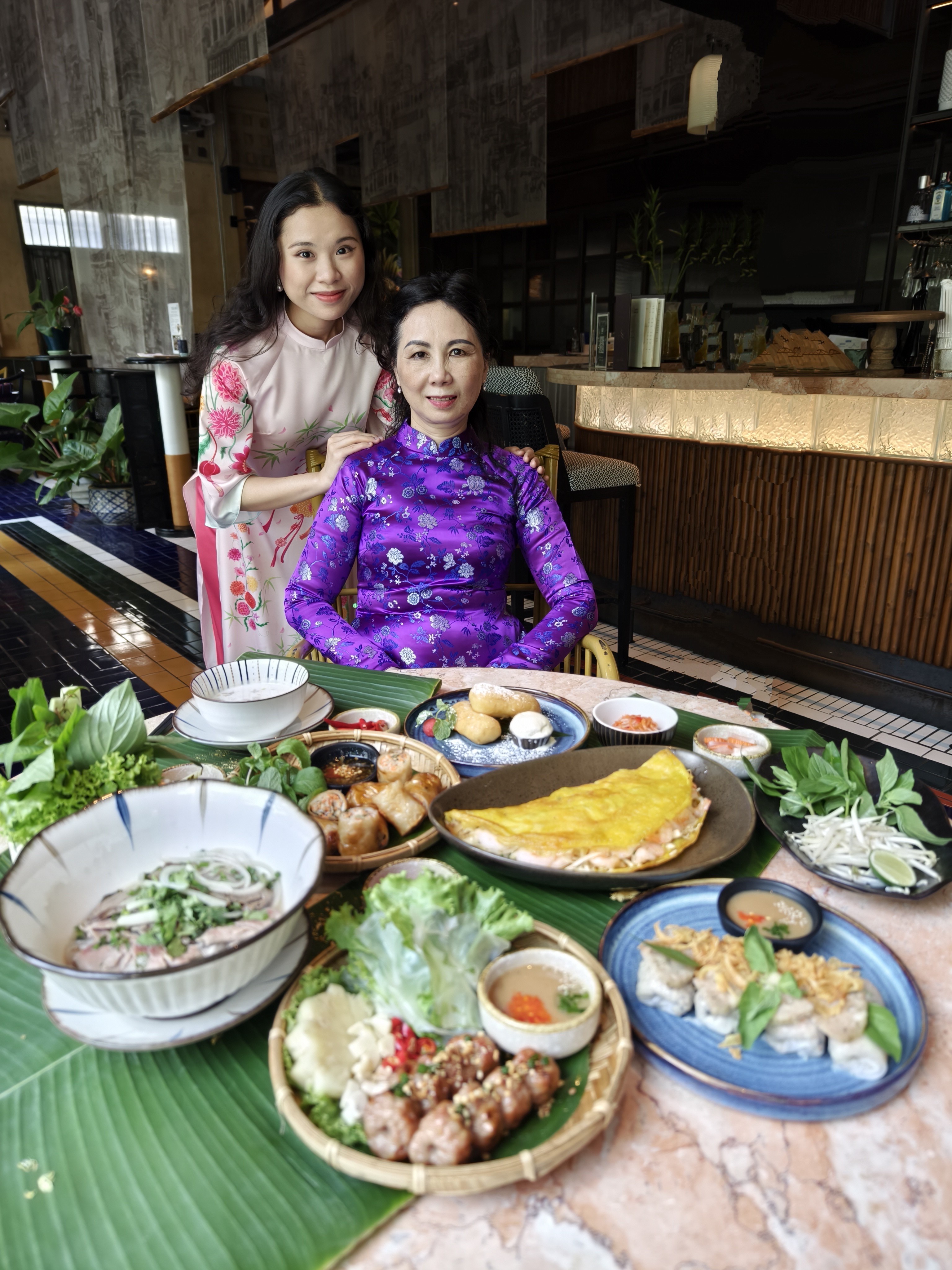
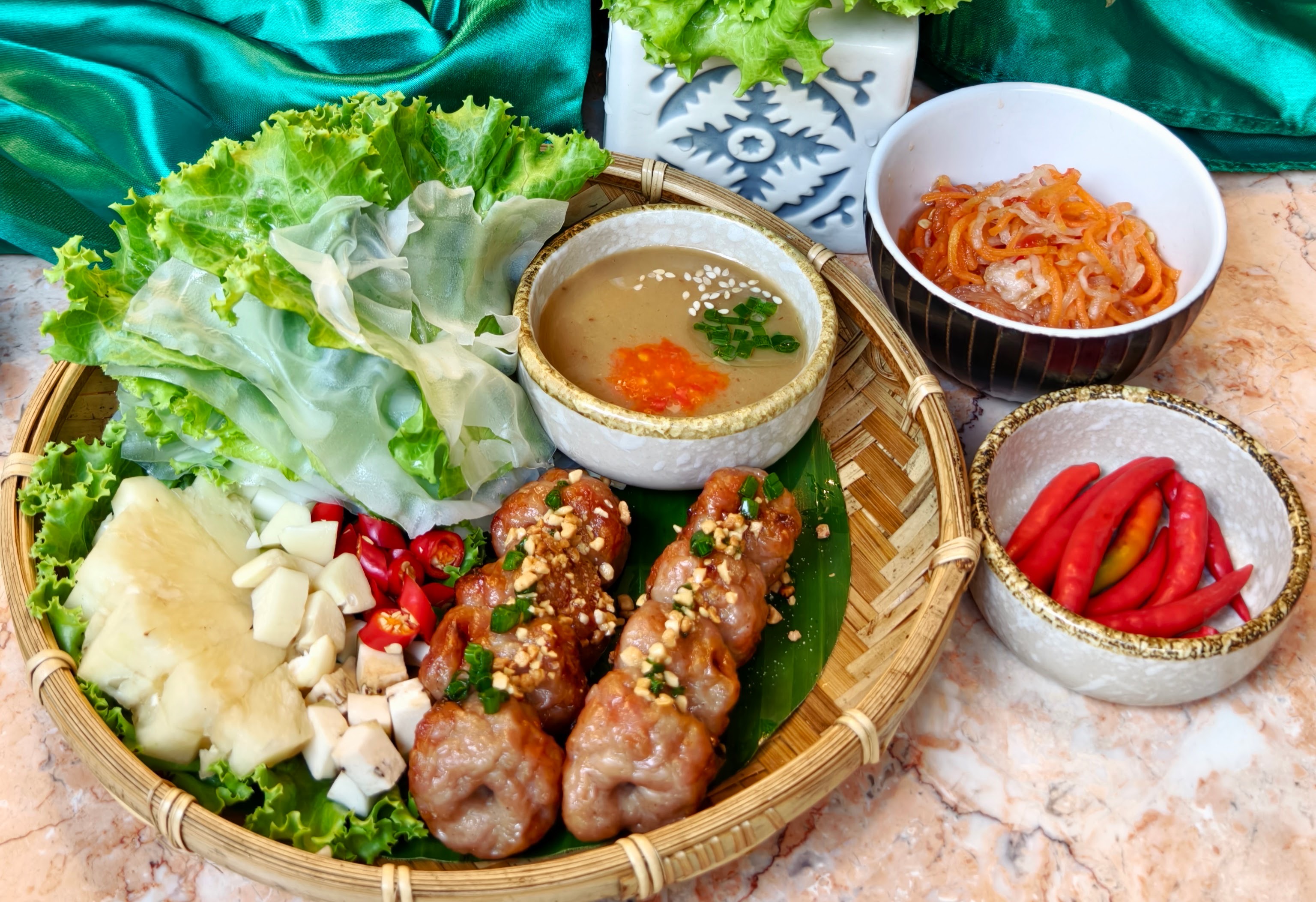
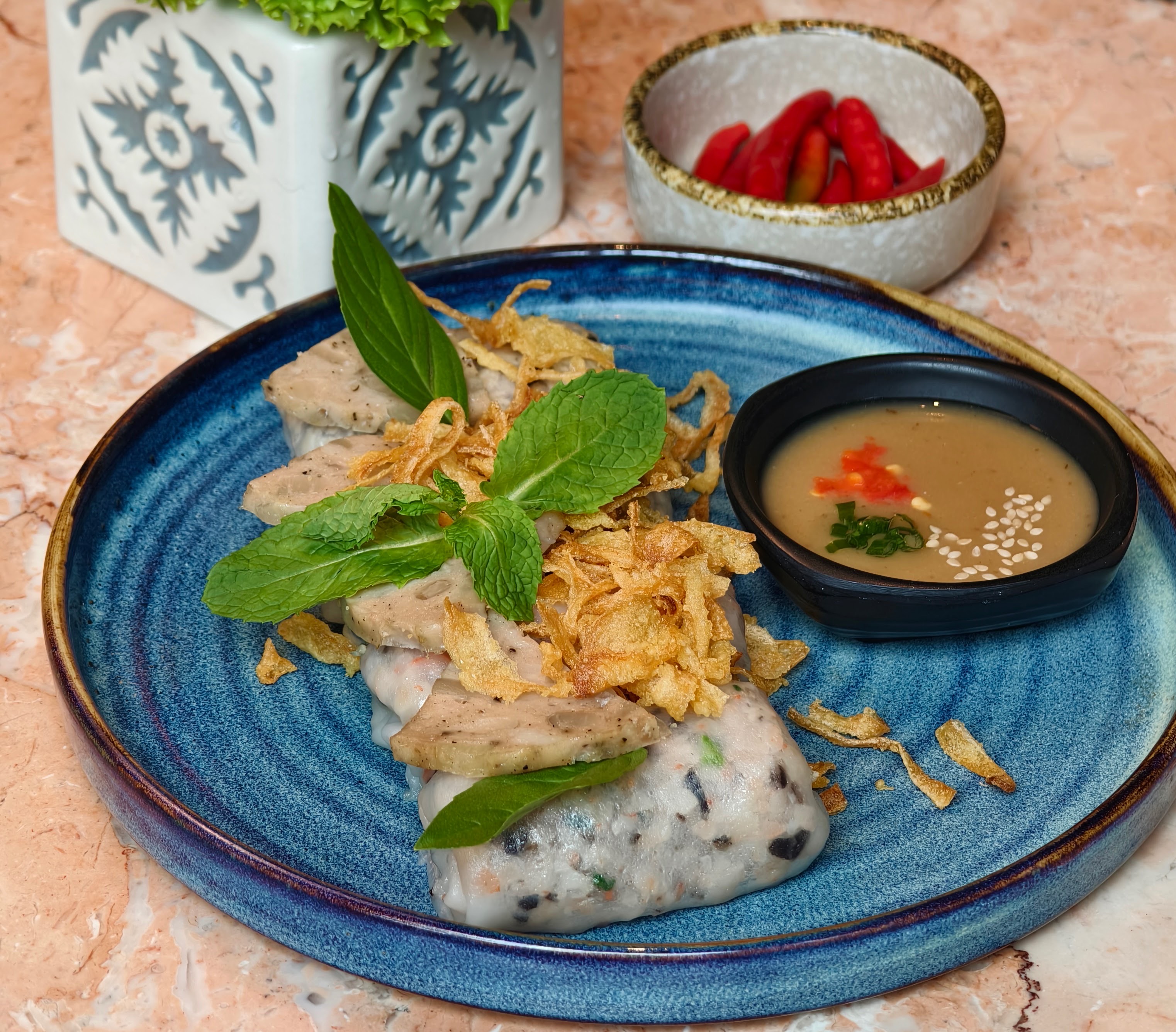
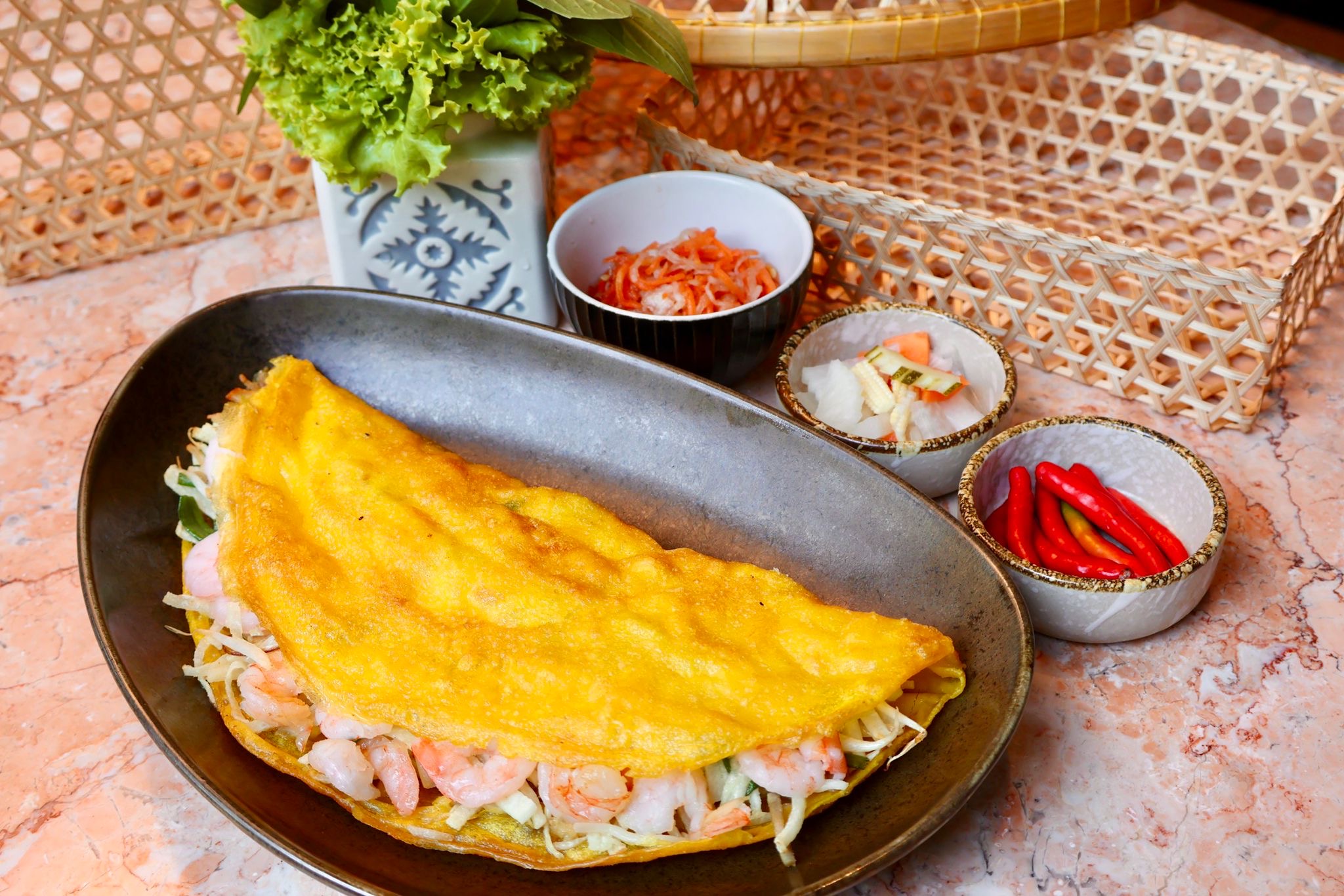
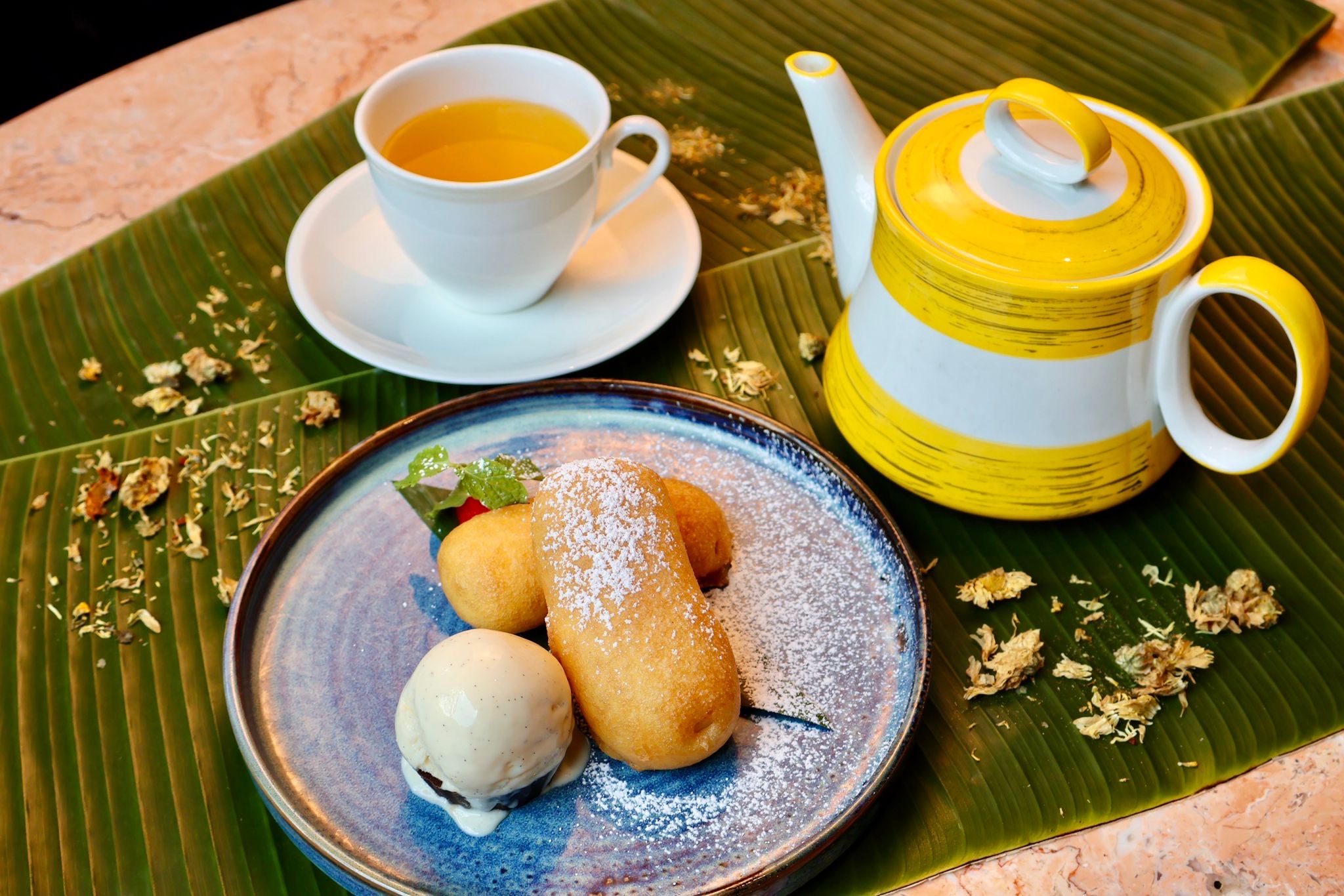
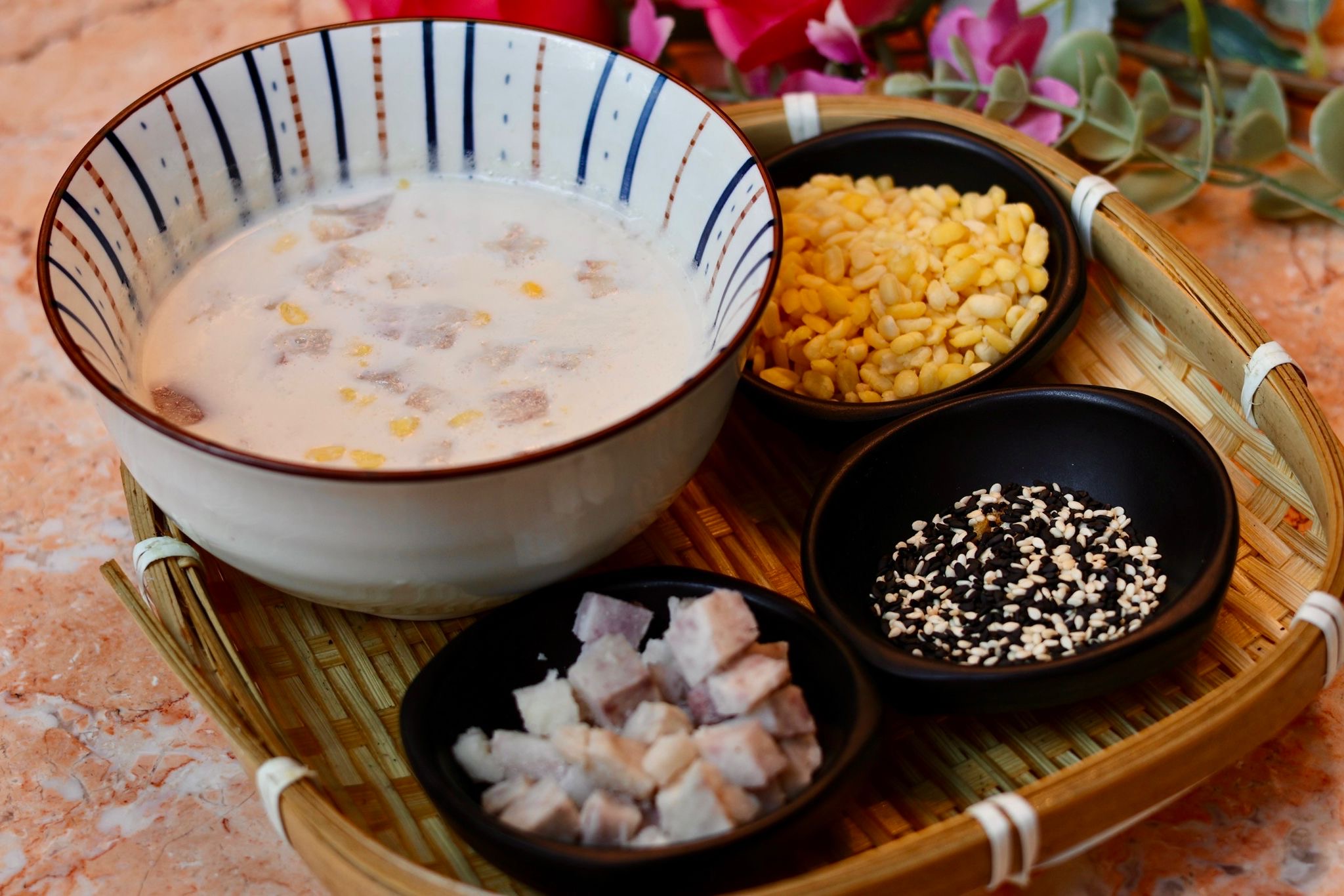
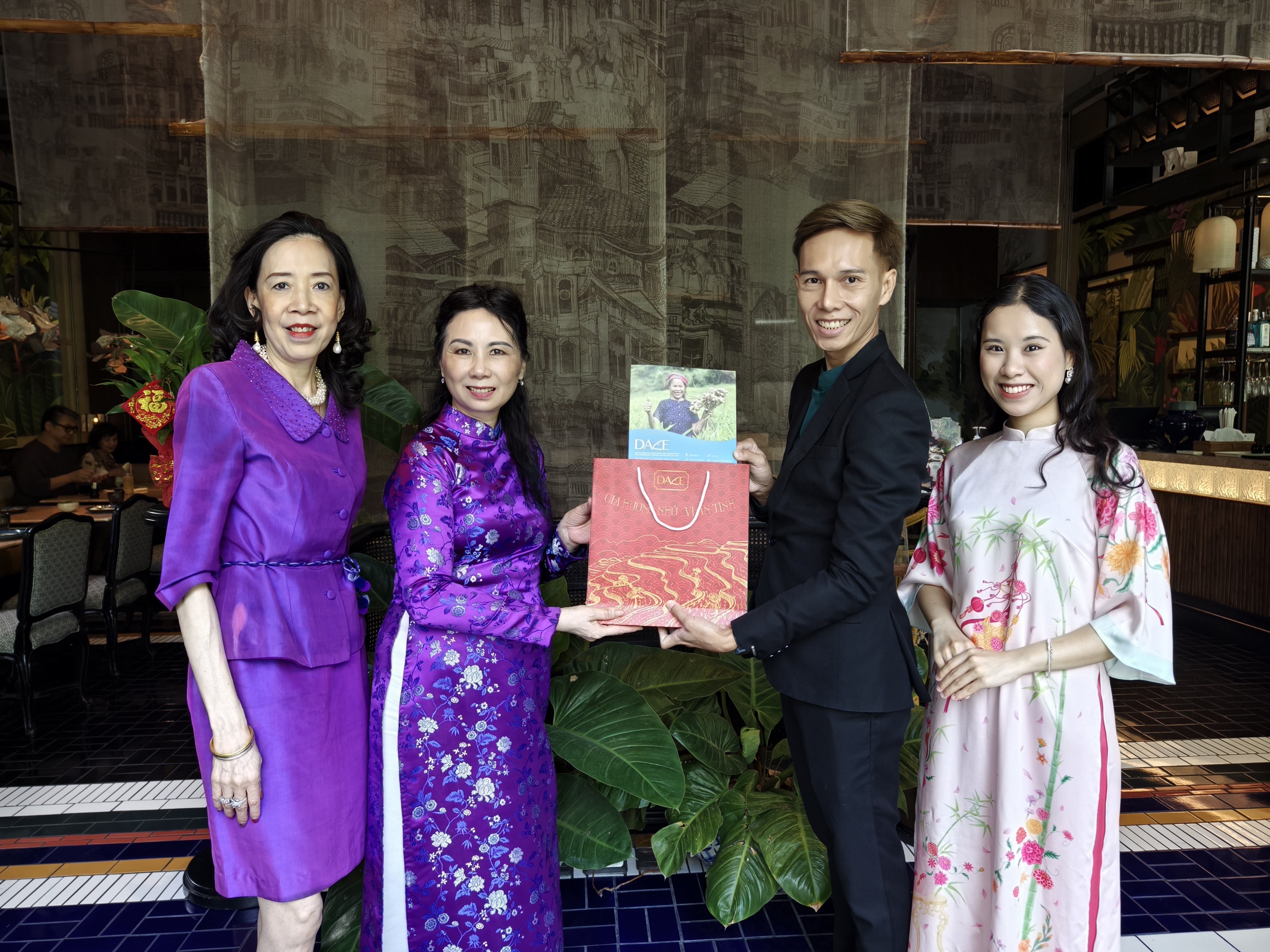
(A special thanks to Thien Doung restaurant in Baan Dusit Thani, Bangkok for preparing all the authentic Vietnamese dishes pictured here.)


